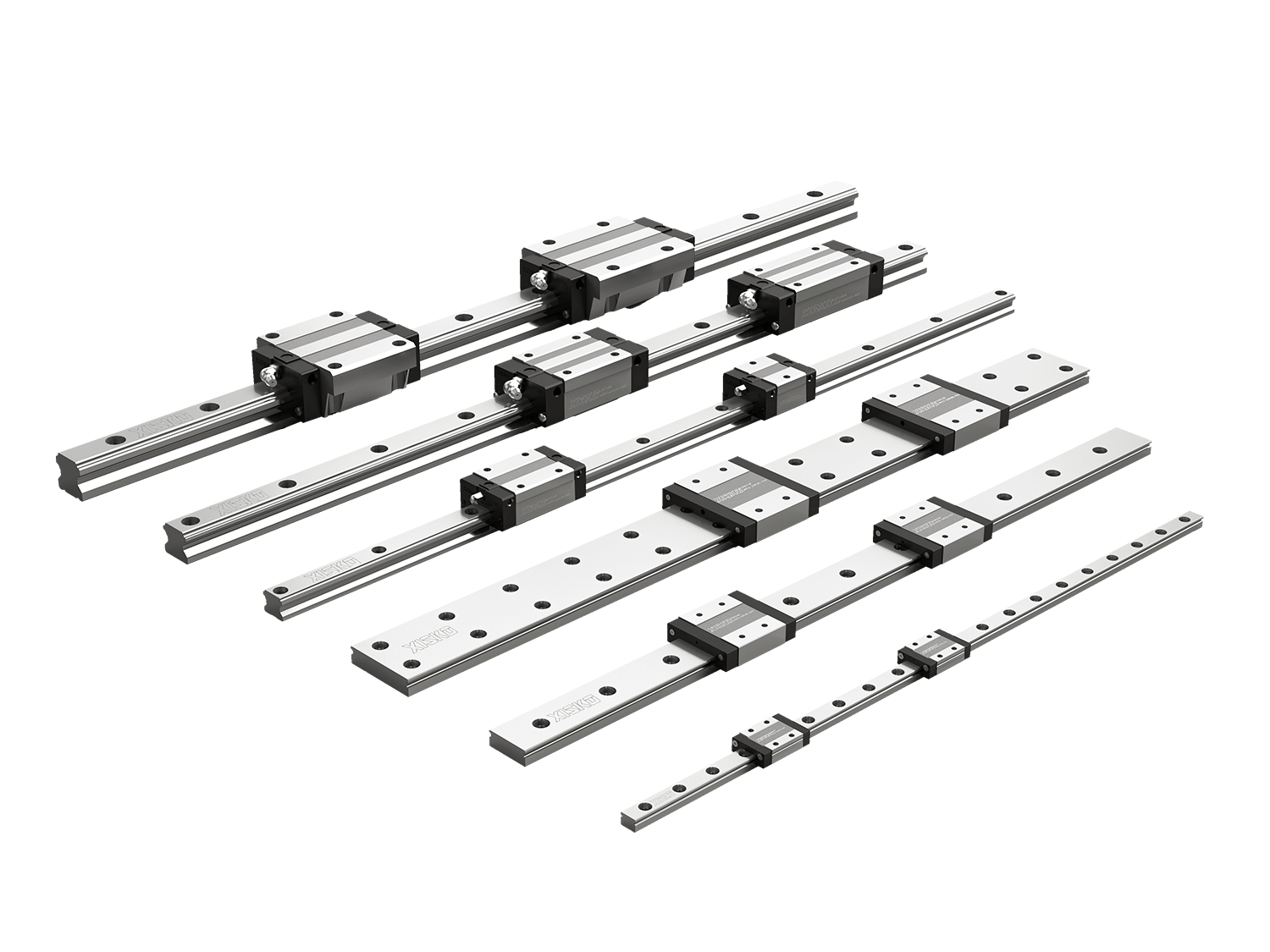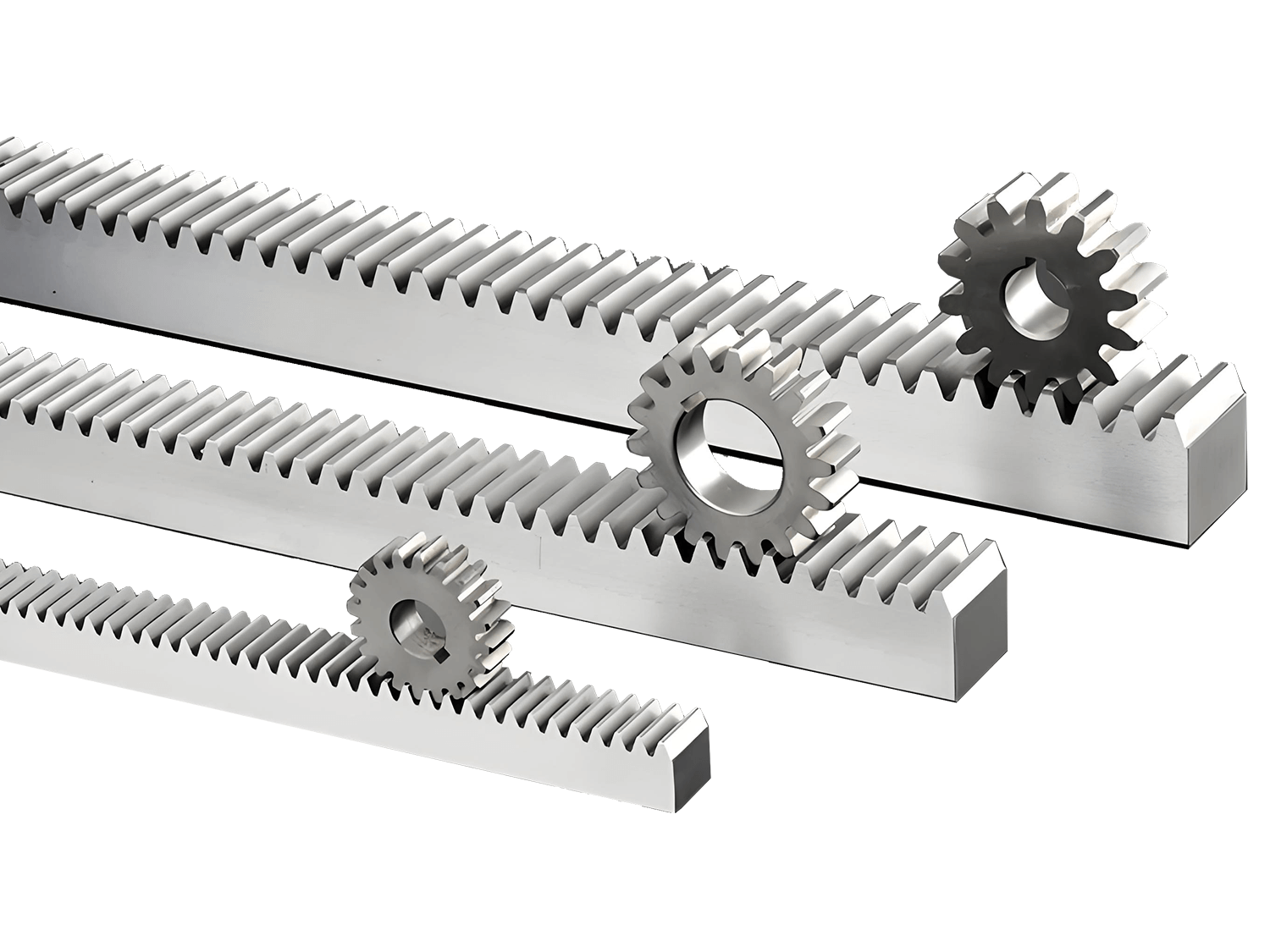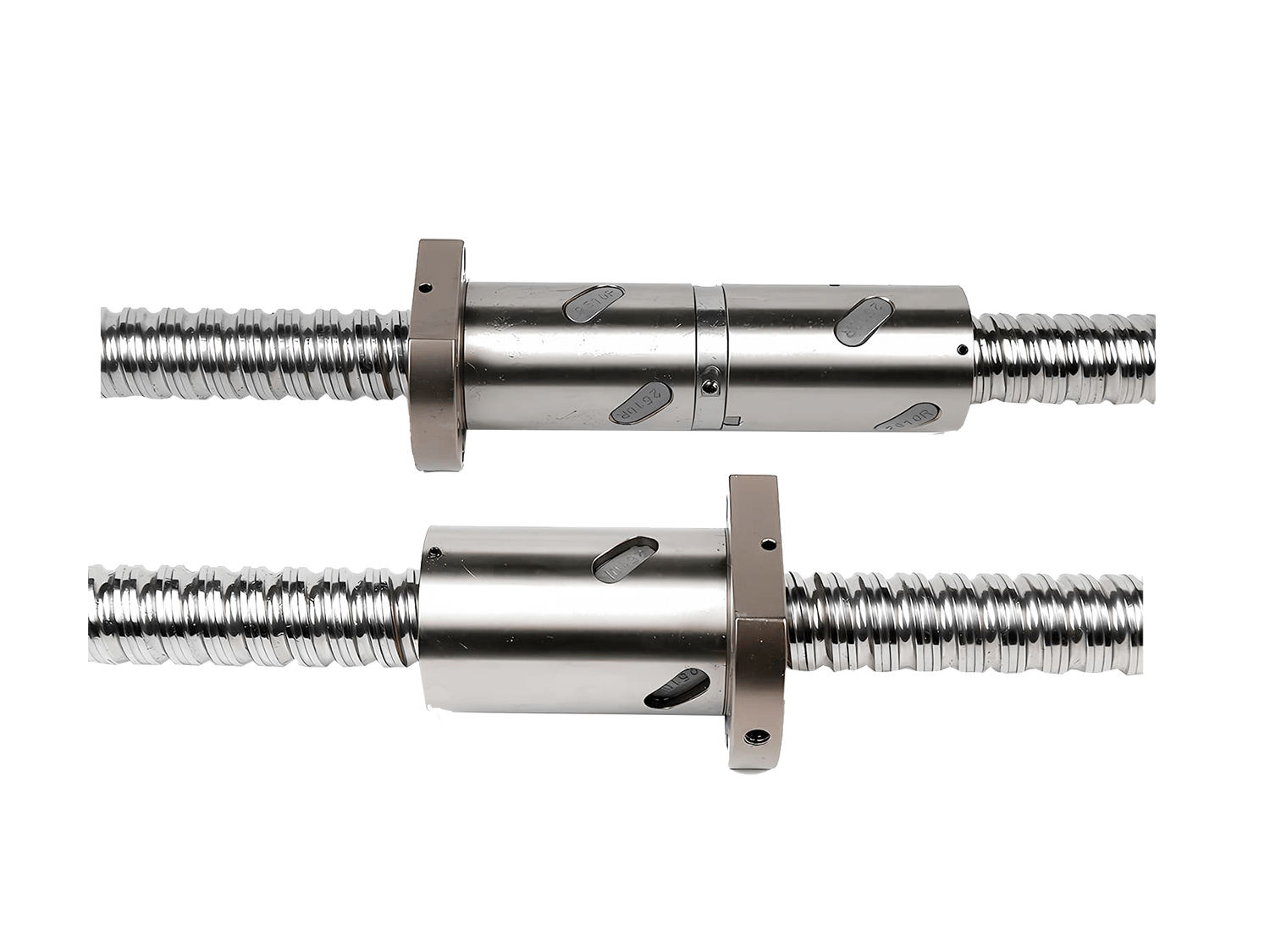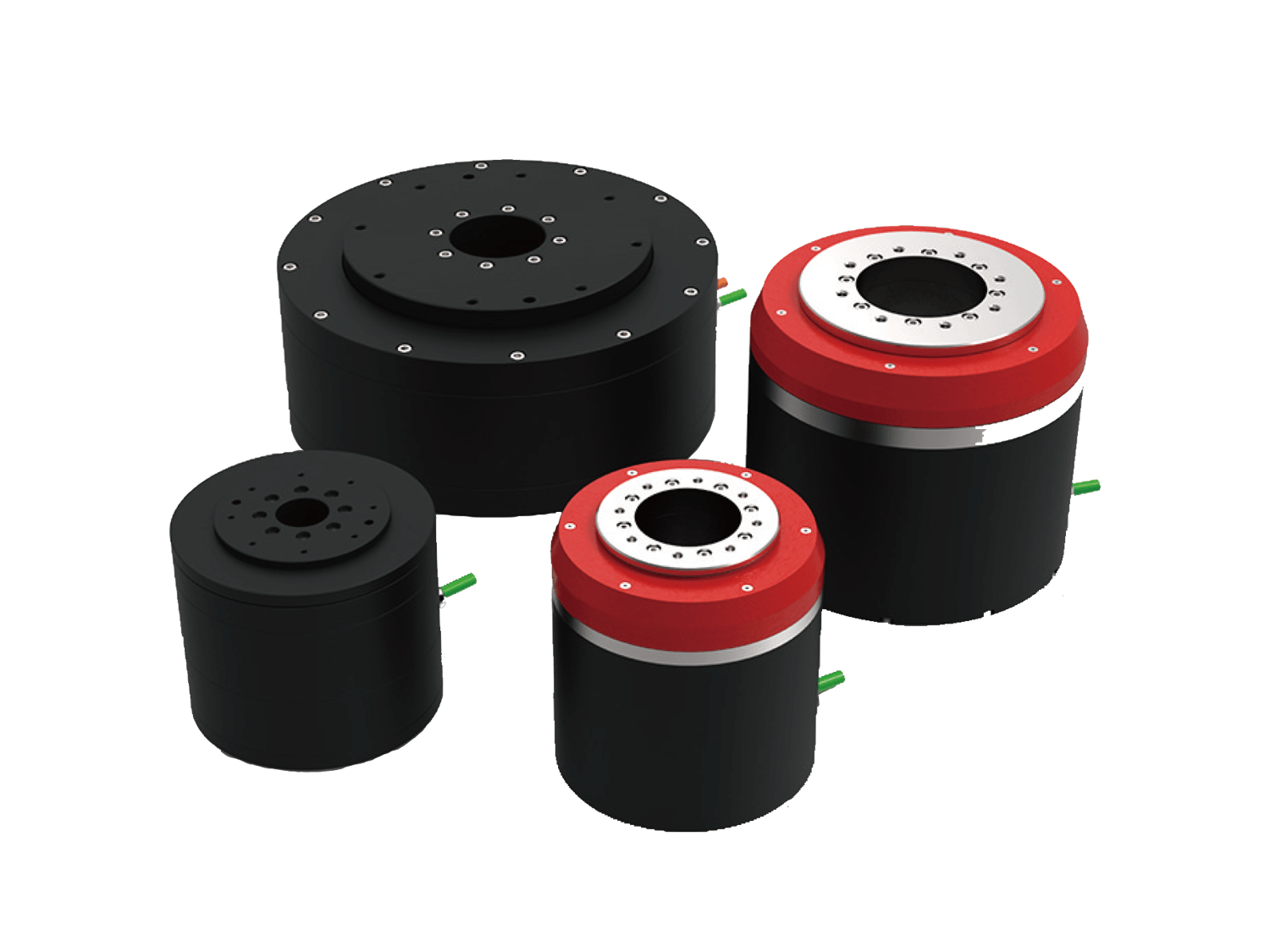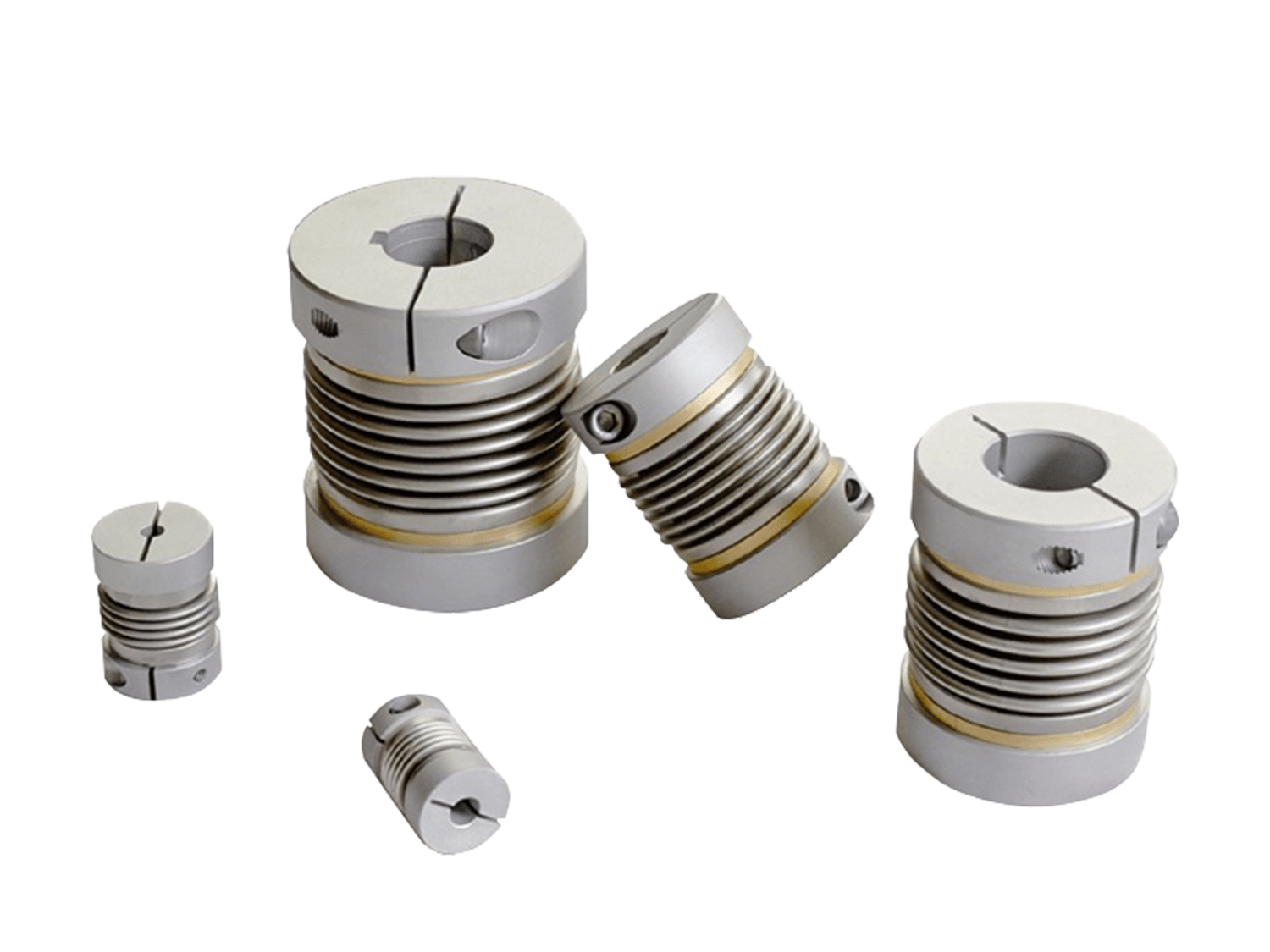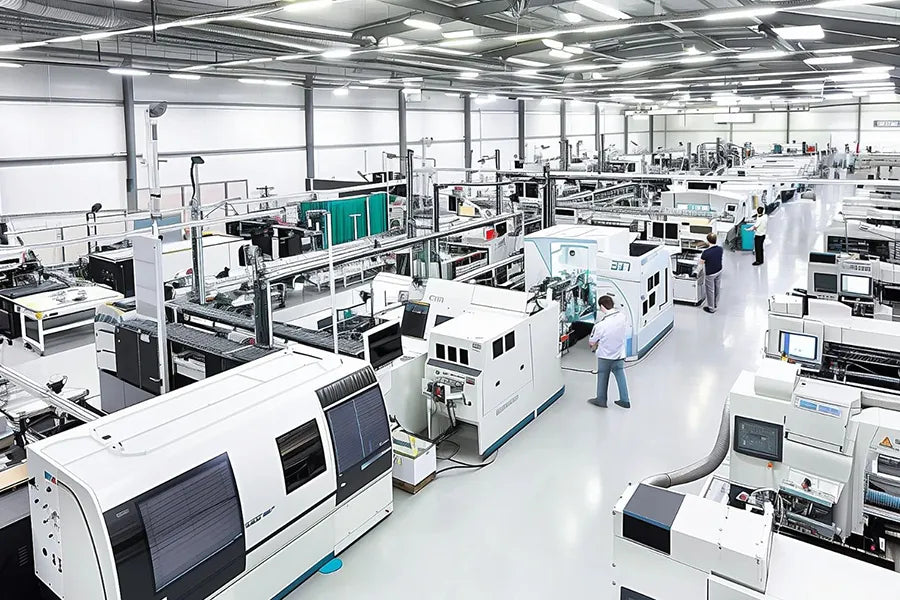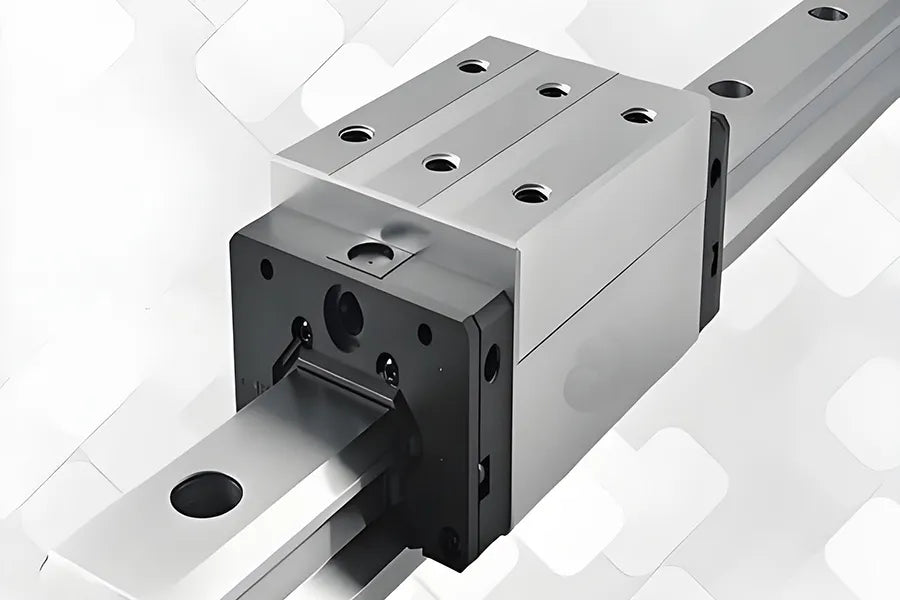In modern mechanical transmission systems, couplings are essential components for connecting two shafts and transmitting torque. They not only ensure efficient power transmission but also compensate for misalignment between the two shafts within a certain range. Among the various coupling types, bellow couplings, due to their high precision, high sensitivity, and zero backlash, are widely used in precision transmission applications such as CNC machine tools, automation equipment, and measuring instruments.
1. Bellow Couplings Composition
It primarily consists of two hubs and a thin-walled metal bellows. The hubs are connected to the two shafts to be connected, while the thin-walled bellows is connected between the hubs, transmitting torque and compensating for misalignment.
When one shaft rotates, torque is transmitted to the bellows through the hub. The bellows elastically deforms under the influence of the torque, transferring the torque to the other shaft, thus achieving power transmission between the two shafts.
2. Features
The bellows of a bellows coupling exhibits excellent flexibility, effectively compensating for radial, angular, and axial misalignment between the two shafts. This reduces the alignment requirements for the two shafts during installation and operation.
2.1 Zero Backlash
Bells are a one-piece metal structure with no intermediate gaps or rubber elastic elements, resulting in zero transmission delay or backlash, making them ideal for high-precision positioning and measurement applications.
2.2 High Torque Transmission Capability
Despite their compact structure, metal bellows offer high torsional stiffness, allowing them to withstand high torques without permanent deformation.
2.3 Strong Compensation Capability
Compensates for: Axial, Radial, Angular.
This allows for slightly relaxed installation accuracy requirements, but minimizing misalignment is still crucial in precision transmission.
2.4 Fatigue and Corrosion Resistance
Stainless steel or nickel alloy bellows are used, ensuring a long service life and stable operation in certain chemically corrosive environments.
2.5 Compact and Lightweight
Suitable for applications with limited space or sensitive moments of inertia.
3. Applications of Bellow Couplings
Due to their unique properties, bellows couplings are often used in equipment requiring high synchronization, accuracy, and response speed. For example:
3.1 CNC Machine Tools (CNC)
Used to connect servo motors and lead screws, ensuring backlash-free, high-precision transmission.
3.2 Automation Equipment
Ensuring synchronization and repeatability of movements in precision positioning systems, handling robots, and other applications.
3.3 Optical and Measuring Instruments
Used to transmit minute rotational signals and avoid measurement errors.
3.4 Printing and Packaging Machinery
Maintaining stable phase relationships during high-speed, precise printing or cutting processes.
3.5 Semiconductor Equipment
Used in high-cleanliness environments such as wafer transfer and exposure machines.
4. Maintenance and Precautions for Bellow Couplings
Although bellow couplings are virtually maintenance-free, the following points should be observed during use to extend their service life and maintain accuracy:
4.1 Installation Accuracy
Minimize initial deflection to prevent the bellows from being subjected to extreme deformation for extended periods.
4.2 Avoid Overloading
Prolonged operation exceeding rated torque can cause premature fatigue failure of the bellows.
4.3 Regular Inspection
Inspect the bellows for cracks, deformation, or looseness, and replace them promptly if any problems are found.
4.4 Preventing Impact Loads
Although metal bellows have a certain degree of rigidity, sudden, large impacts can permanently damage the bellows structure.
Summary
The bellows coupling is a high-performance coupling that combines high precision, zero backlash, and multi-directional compensation capabilities. Through the elastic deformation of the metal bellows, it not only effectively transmits torque but also absorbs installation errors and minor displacements during operation, thereby protecting equipment and improving transmission accuracy.
